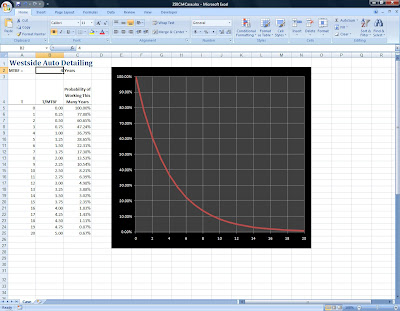Generative AI and the Future of Work
2024 At least 40% of the global workforce has already been exposed to AI. Findings were skewed in favor of more highly developed economies (60%) vs emerging economies (26%) due in large part to the prevalence of white collar, service-oriented jobs in those regions – International Monetary Fund, 2024.
2025
Generative AI is projected to bring $200 billion USD to global education – Morgan Stanley, 2023.
2026 Over 75% of businesses will use generative AI to create synthetic customer data, up from less than 5% in 2023. Introducing synthetic data into models enables organizations to simulate environments and identify new product development opportunities, especially in highly regulated industries – Gartner, 2024.
2027
More than 50% of the generative AI models that enterprises use will be specific to either an industry or business function – Gartner, 2024. Six in ten workers will require retraining, but only half of workers are seen to have access to adequate training opportunities today – World Economic Forum, 2023.
2028 At least 30% of generative AI implementations will be optimized using energy-conserving computational methods, driven by sustainability initiatives – Gartner, 2024.
2030
Activities that account for up to 30% of hours currently worked across the US economy could be augmented—a trend accelerated by generative AI. However, we see generative AI enhancing the way STEM, creative, and business and legal professionals work rather than eliminating a significant number of jobs outright – McKinsey.
2045 Minimum of 19% of the workforce could have over 50% of their tasks augmented by AI – World Economic Forum, 2023.
Source: Adobe 2024 Creative AI Jobs Report



